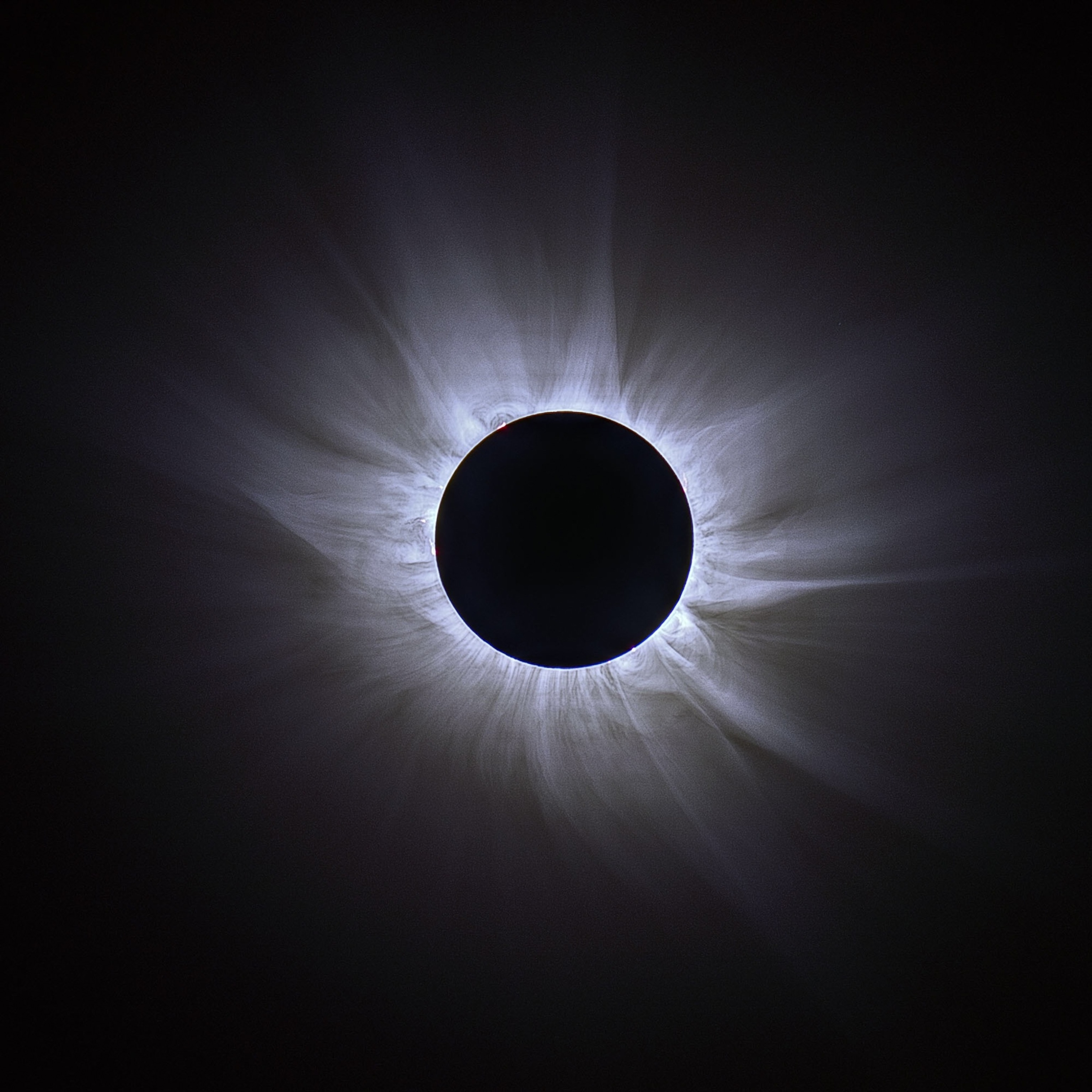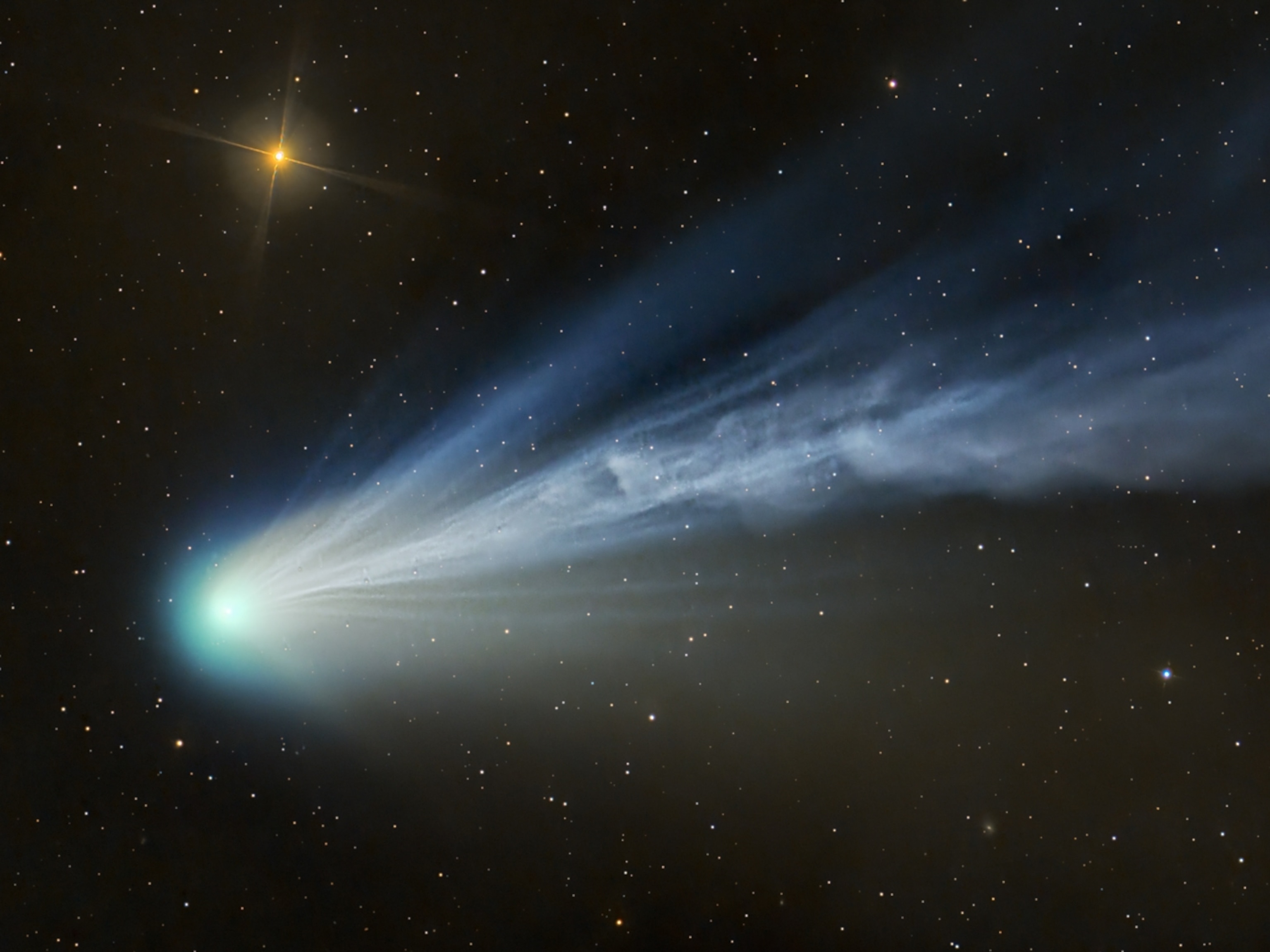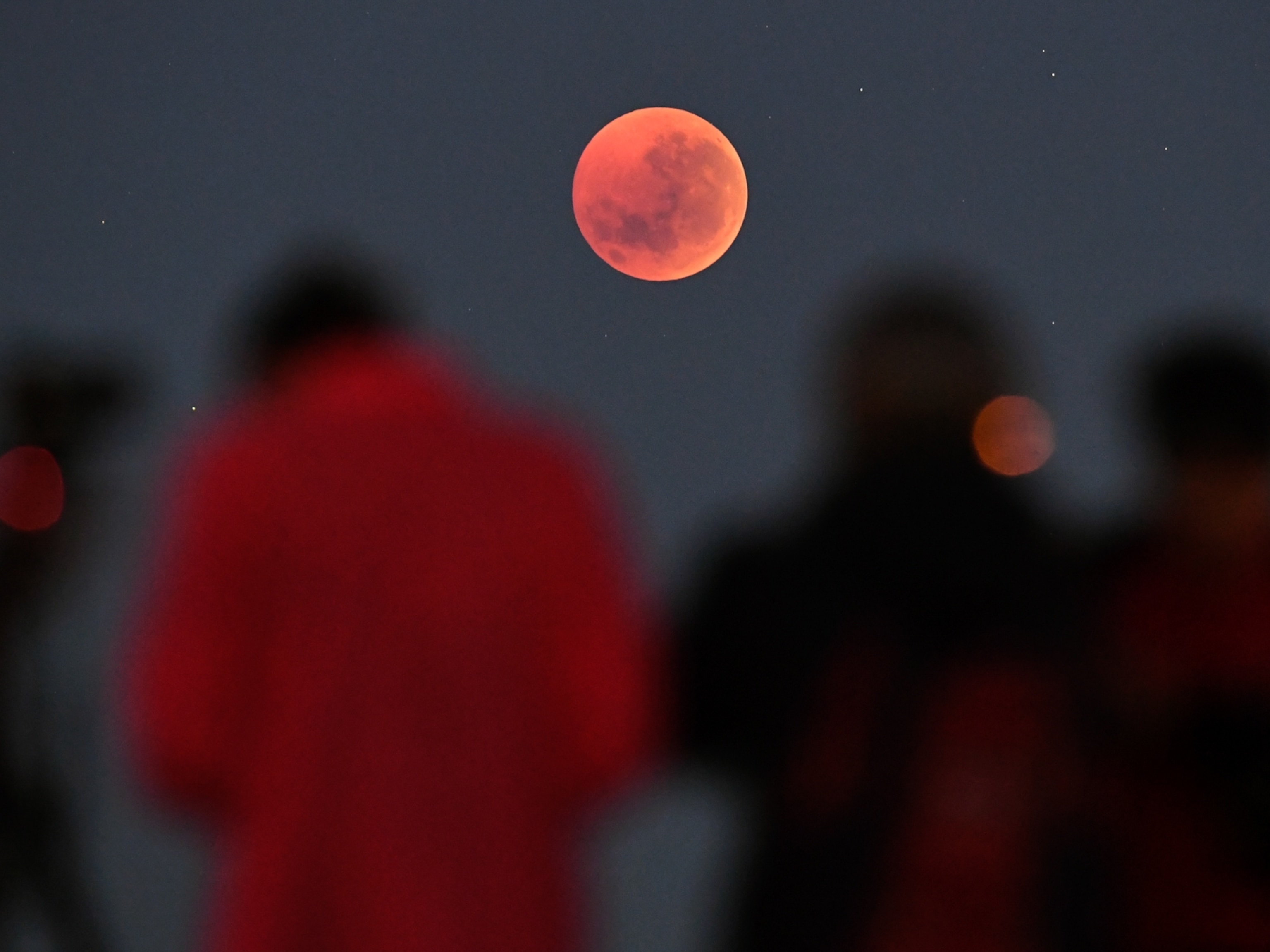
Do bats take flight during a solar eclipse? Here’s what we learned.
Certain animals have displayed unusual behavior when the moon crosses paths with the sun—but there are a lot of unknowns. The 2024 total solar eclipse provided some answers.
On the afternoon of April 8, 2024, the moon slid in front of the sun and temporarily turn the day into night across a large swath of North America.
The solar eclipse begged an interesting question: Will bats, which are nocturnal, get confused by the sudden onset of darkness and emerge from their roosts in the middle of the day?
“During totality, many animals display behaviors connected with an early dusk,” says Babak Tafreshi, a National Geographic Explorer and science photojournalist who has documented 13 solar eclipses since 1995.
For example, crickets have been known to chirp, birds sing, and frogs croak when the moon crosses paths with the sun. Other times, it’s about what you don’t hear.
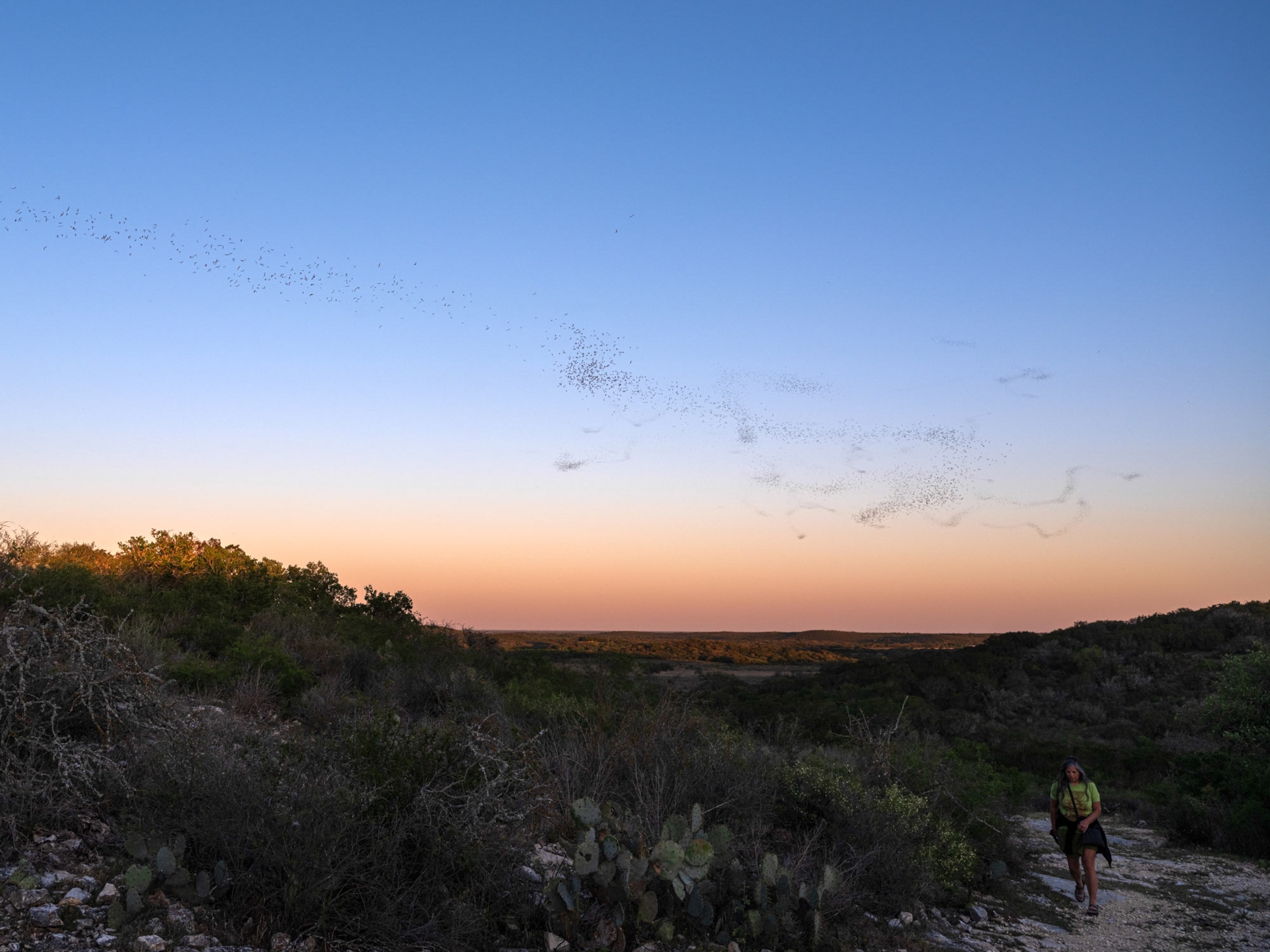
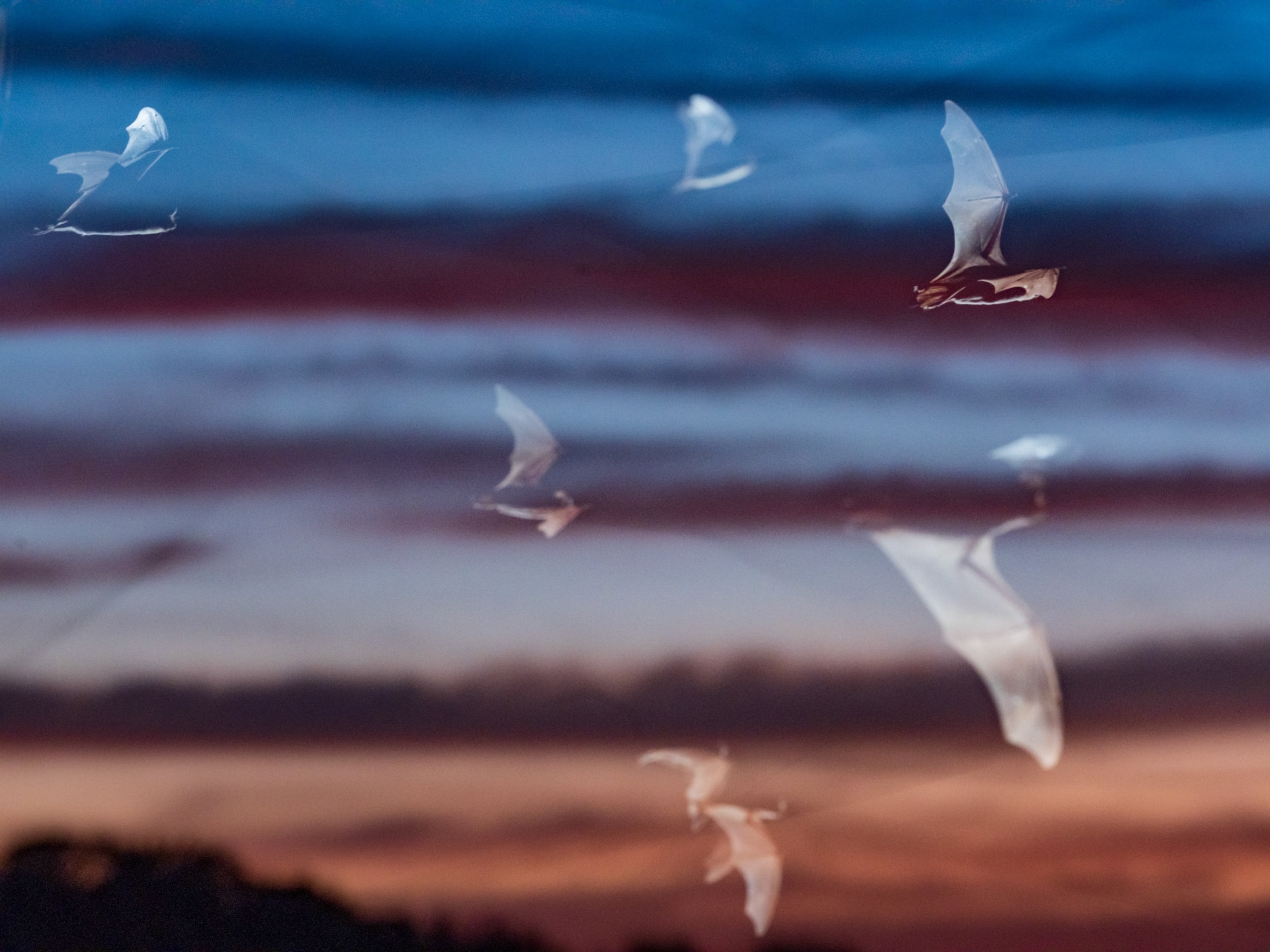
“Some animals perceive totality as a short, fast-moving storm when skies darken,” Tafreshi says in an email. “This is why some animals take shelter and there is an unusual silence at totality.” (Read more: “Surprising ways animals react to solar eclipses.”)
But on the afternoon of April 8, there was no evidence that bats flew from the cave that Tafreshi was monitoring. As part of his National Geographic Society project, Life at Night Atlas, Tafreshi observed and photographed the 2024 celestial event outside the Frio Bat Cave, west of San Antonio, Texas. He hoped the millions of Mexican free-tailed bats who summer there may respond to the eclipse—though he was aware it may depend on the temperature that day.
Bats tend to roost deeper in the cave when it’s cool, which would mean they’d have less chance of noticing a solar eclipse, says Tafreshi. But if it’s warm, and the bats are near the cave’s entrance, the flying mammals could react.
The length of the eclipse may also be a factor: The “seven-minute totality in 1991 in Mexico did trigger bat activity, while the two-minute totality of 2017 in the U.S. did not,” he says.
Shedding light on bat behavior
Whether a bat responds to the eclipse is related to its lifestyle, particularly the roost in which it beds down at night.
About 50 percent of the world’s 1,400 known bat species live in caves, says Rodrigo Medellín, a bat expert and National Geographic Explorer-at-Large. “And the bats that are inside the caves are absolutely not going to pay any attention because they have their own circadian rhythm.”
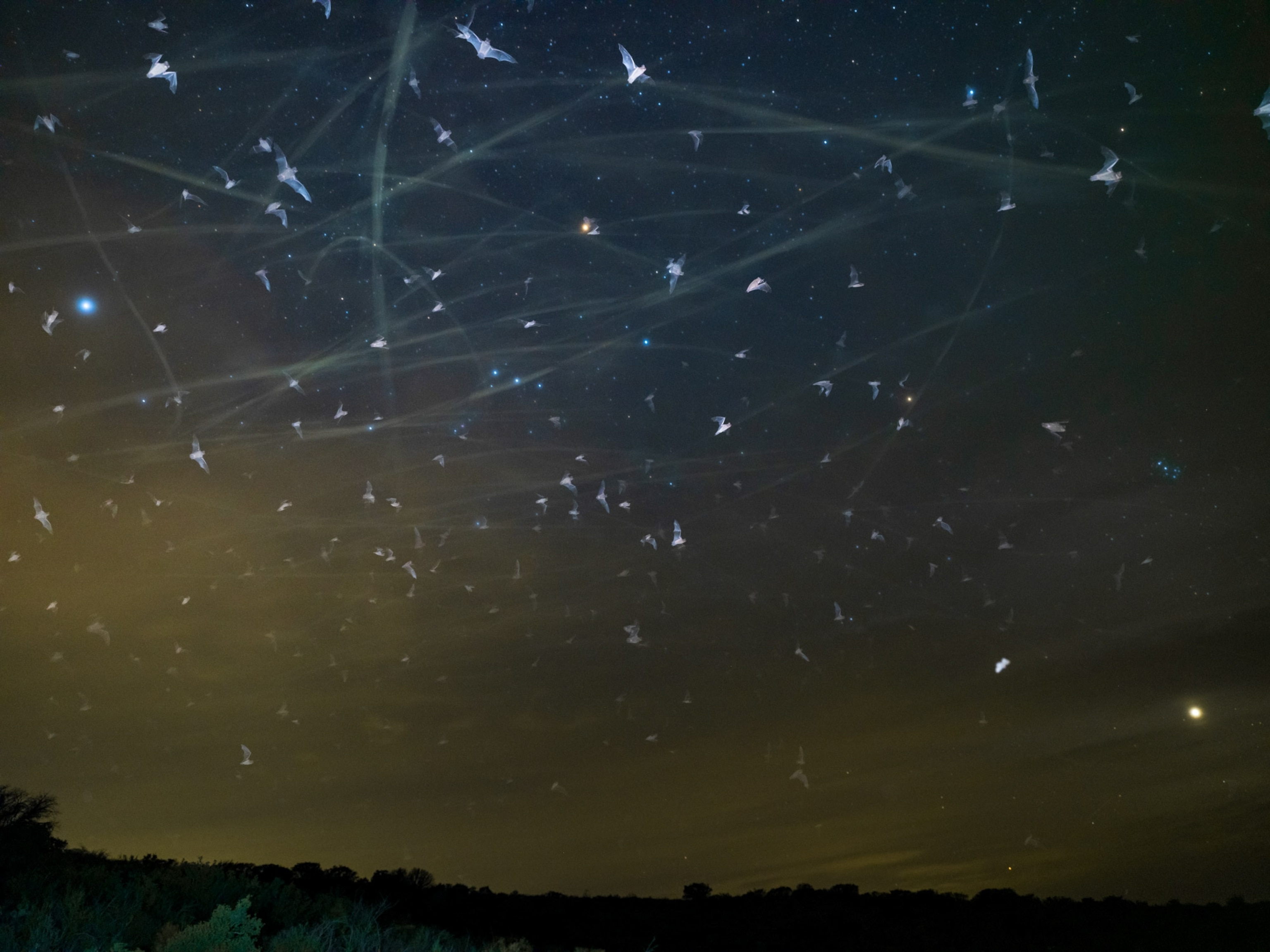
Just as your body has a vague sense of when it’s time to wake up, bat bodies are attuned to their surroundings, says Medellín. And cave-roosting bats are especially reliant on those cues, since their roosts may be bathed in total darkness, whether it’s day or night. (Read: “A total solar eclipse is coming. Here's how to photograph it.”)
This is why Medellín suspects bat populations with more exposure to light are more likely to respond to the eclipse than others.
For instance, the Mexican free-tailed bats that famously inhabit the underside of Congress Avenue Bridge in Austin, Texas, experience more sunlight than bats of the same species who roost in caves, like the Frio Bat Cave population.
"I have a hard time imagining that the [Frio Cave] bats will notice [or] care about the 1 p.m. total eclipse while tucked into their dark cave," Winifred Frick, chief scientist at Bat Conservation International, who will be at Texas' Bracken Cave Preserve, also within the path of totality. But, she says by email, "if any bats fly out during the eclipse, I’d love to be proven wrong!"
Something to talk about
Because solar eclipses are few and far between, both in time and space, conducting studies around them has many challenges. But a few scientists have provided useful data.
During the 1991 total eclipse, cave-roosting common vampire bats and Geoffroy's tailless bats showed no behavioral changes at the Grutas de la Estrella Cave in central Mexico. However, a handful of gray sac-winged bats, which prefer more well-lit cave entrances, started to leave the roost as if it was dusk, according to one study.
On the other hand, scientists observing bats in northern Georgia found “little discernible bat activity” in response to the 2017 eclipse, which occurred in the early afternoon, while bats in Kentucky’s Mammoth Cave did not change their flight patterns, either during the eclipse or later that night.
However, the Indiana bats living near Mammoth Cave did “talk” with each other more during the 2017 eclipse, says Zack Couch, a bat biologist and executive director of the Office of Kentucky Nature Preserves. (Read more: “Why bats are the real superheroes of the animal world.”)
Indiana bats usually communicate with each other before they emerge from their cave roosts, around 15 to 30 minutes before sunset, says Couch. The uptick in chatter during the eclipse could have meant the bats were preparing to emerge, but the return of sunlight stopped them from doing so.
Couch suggests keeping an eye on Eastern red bats during the 2024 eclipse. For one, they’re among the most common bats in the U.S. They also roost out in the open while hanging from tree limbs by a single foot, looking “like a dead leaf fluttering in the breeze,” says Couch.
“They are obviously getting a little more solar exposure. They’re not tucked up in darkness like cave bats,” he says.
“So if there was any species I’d think would be having a reaction to an eclipse, it would be those.”


